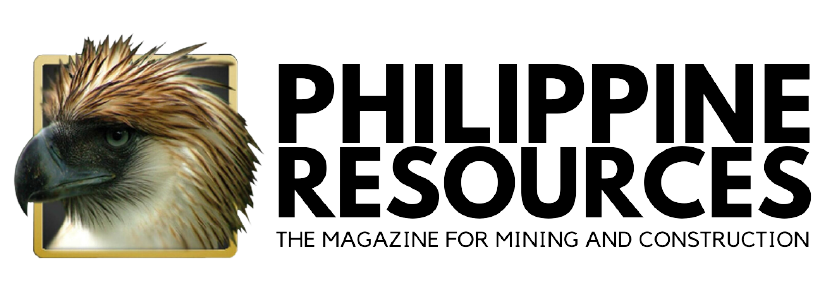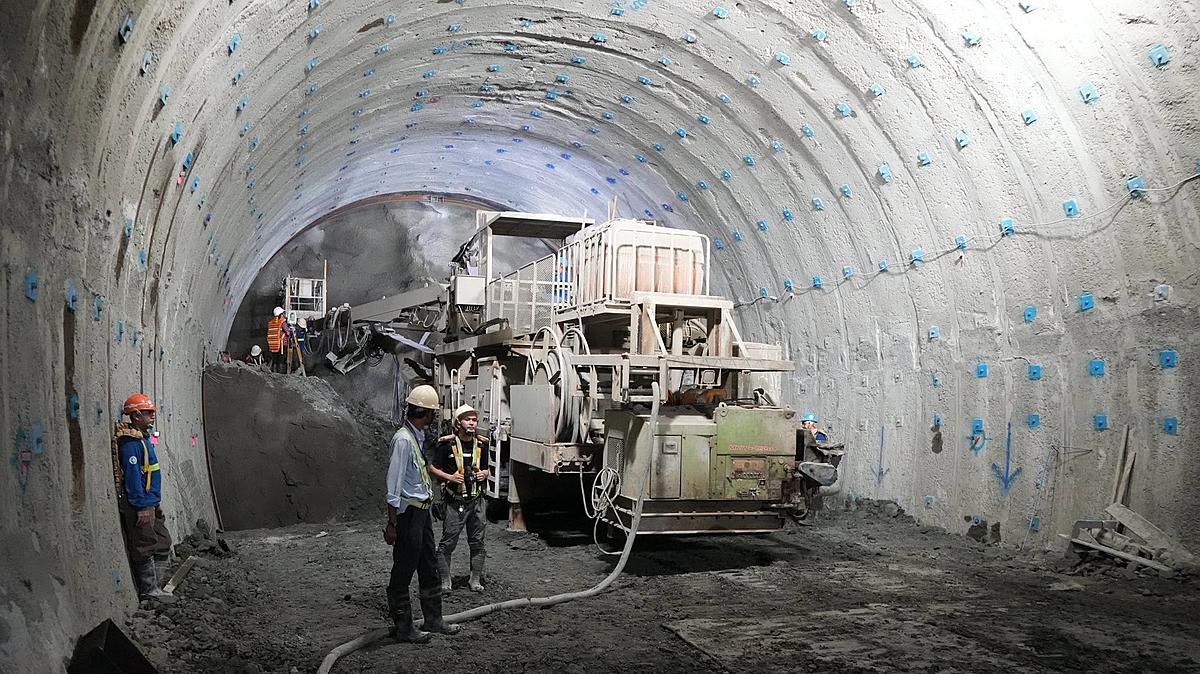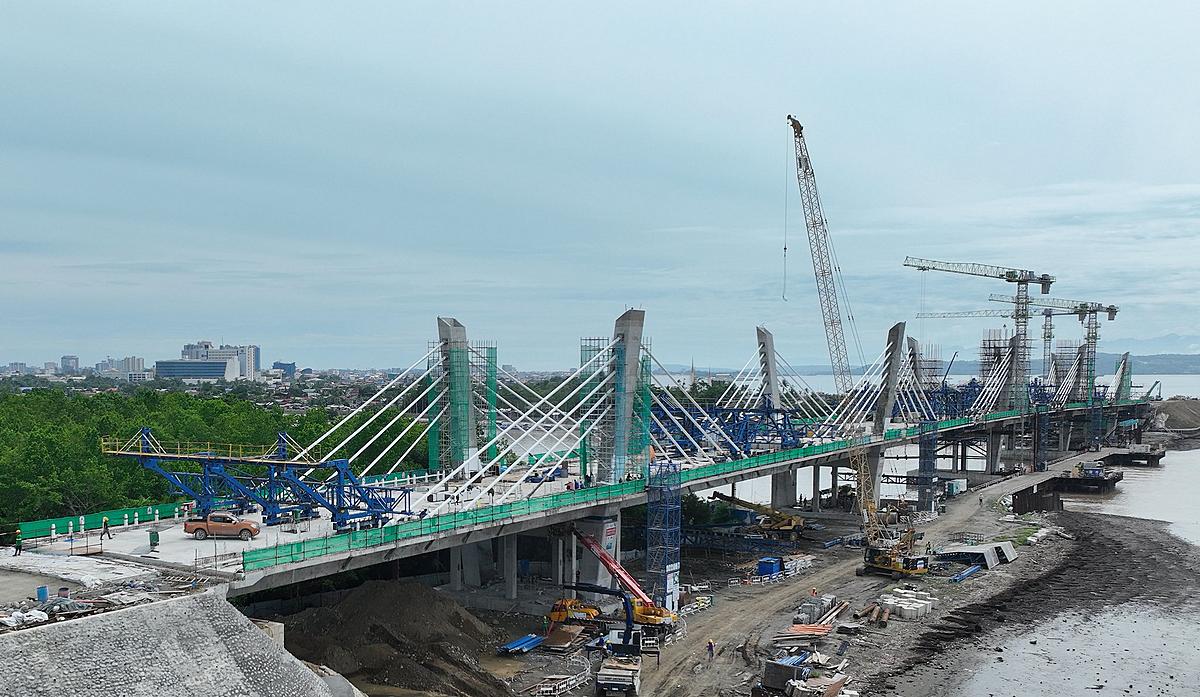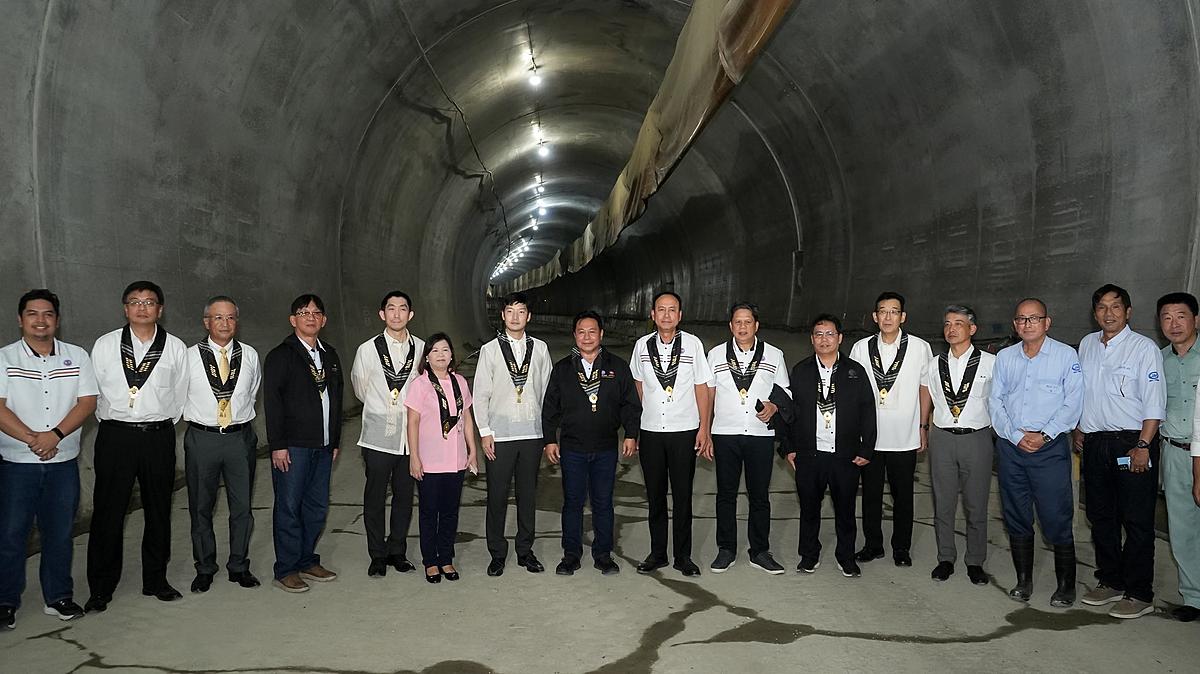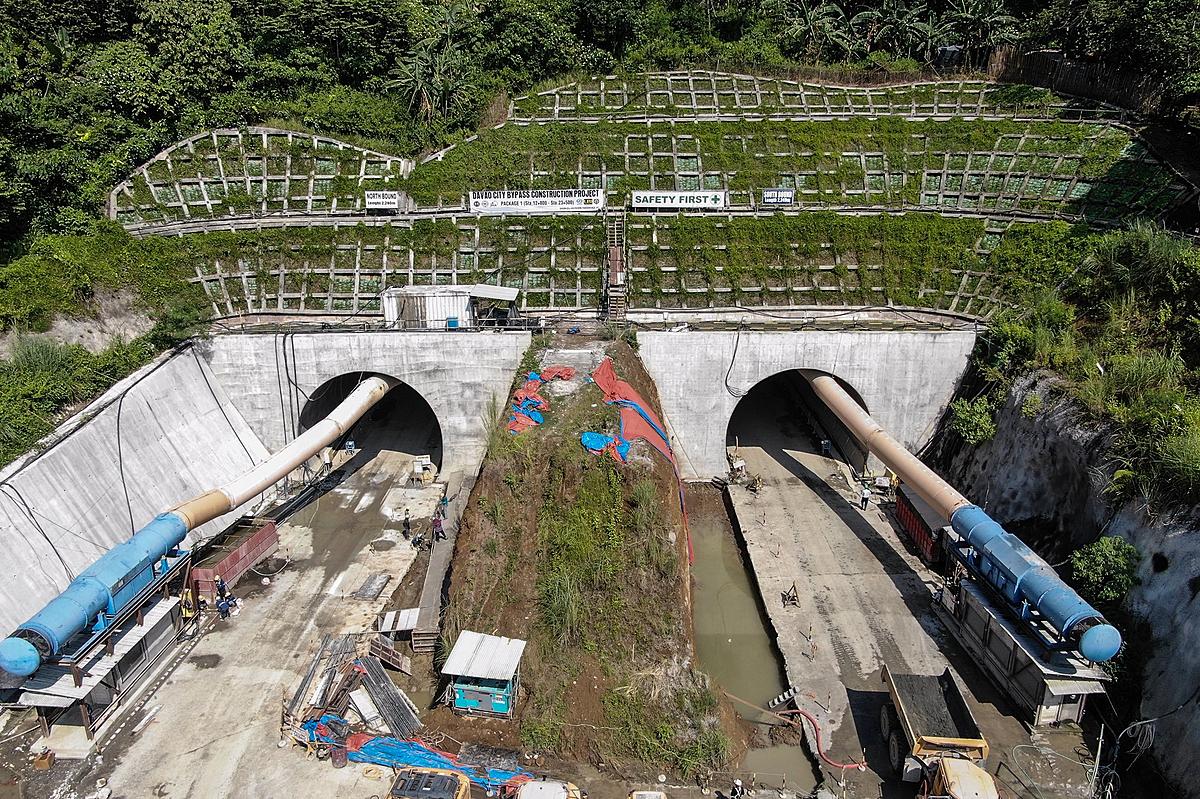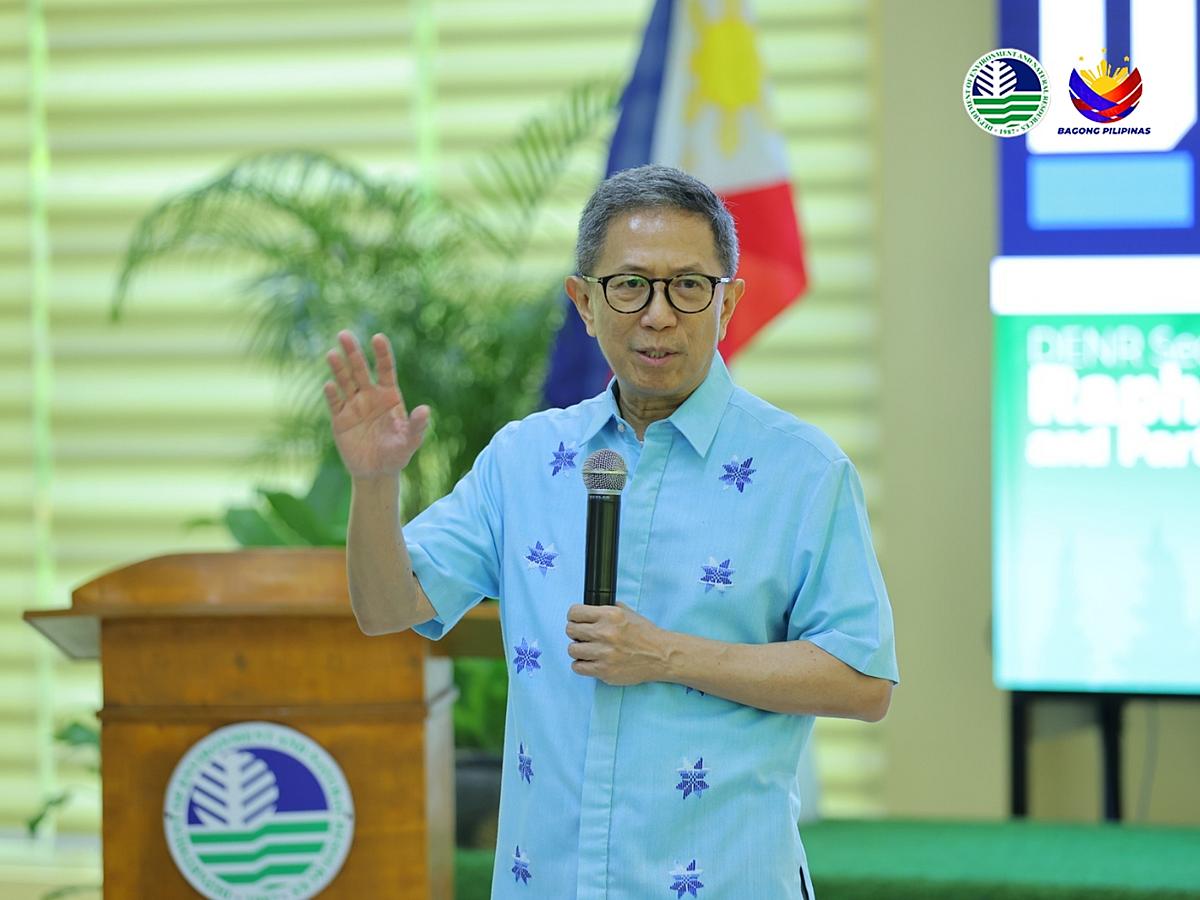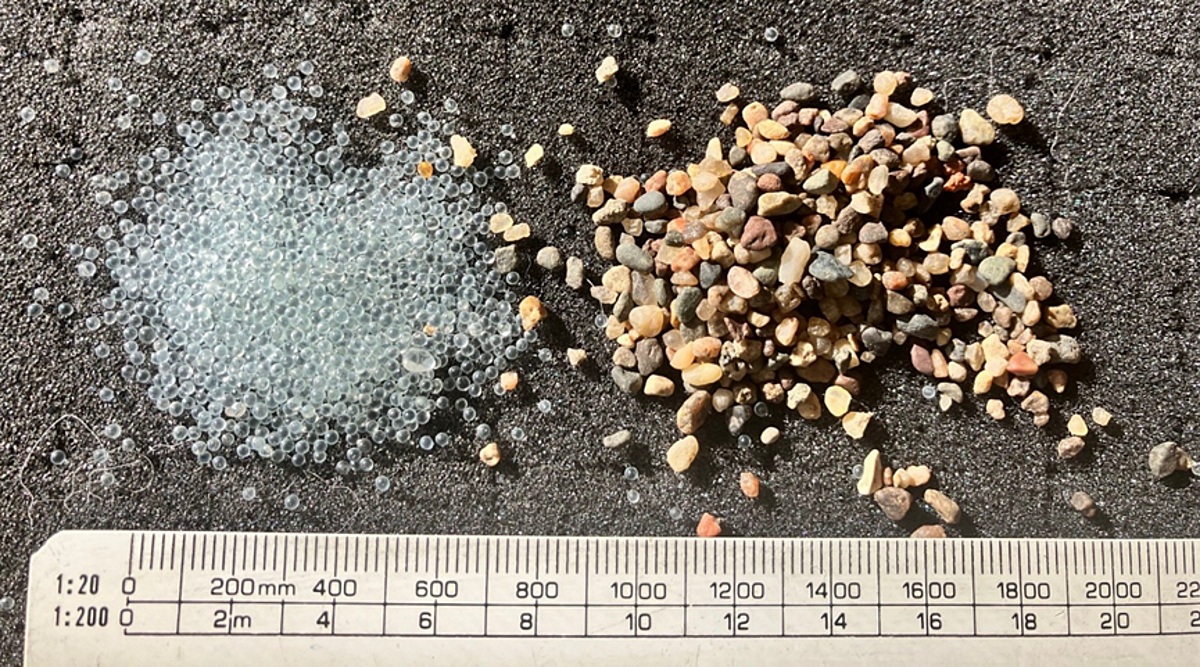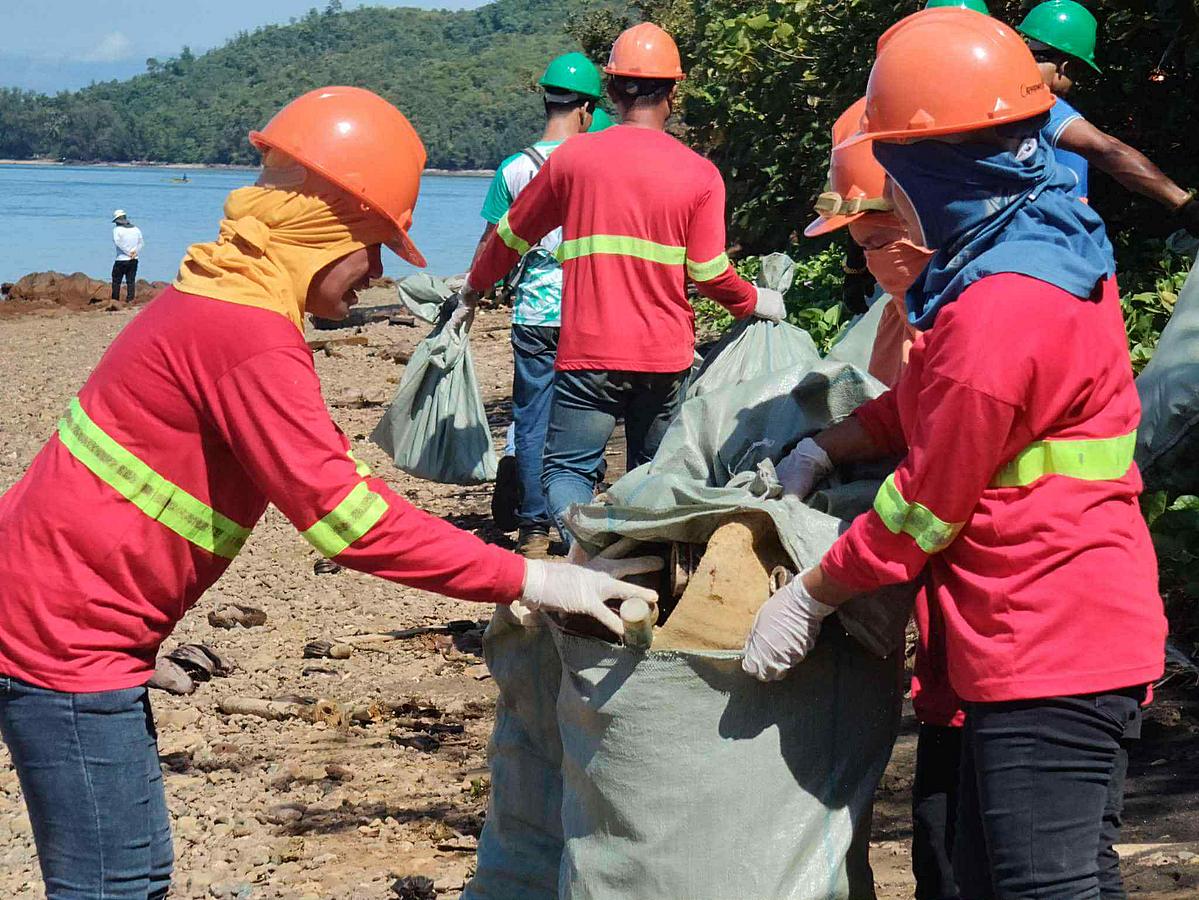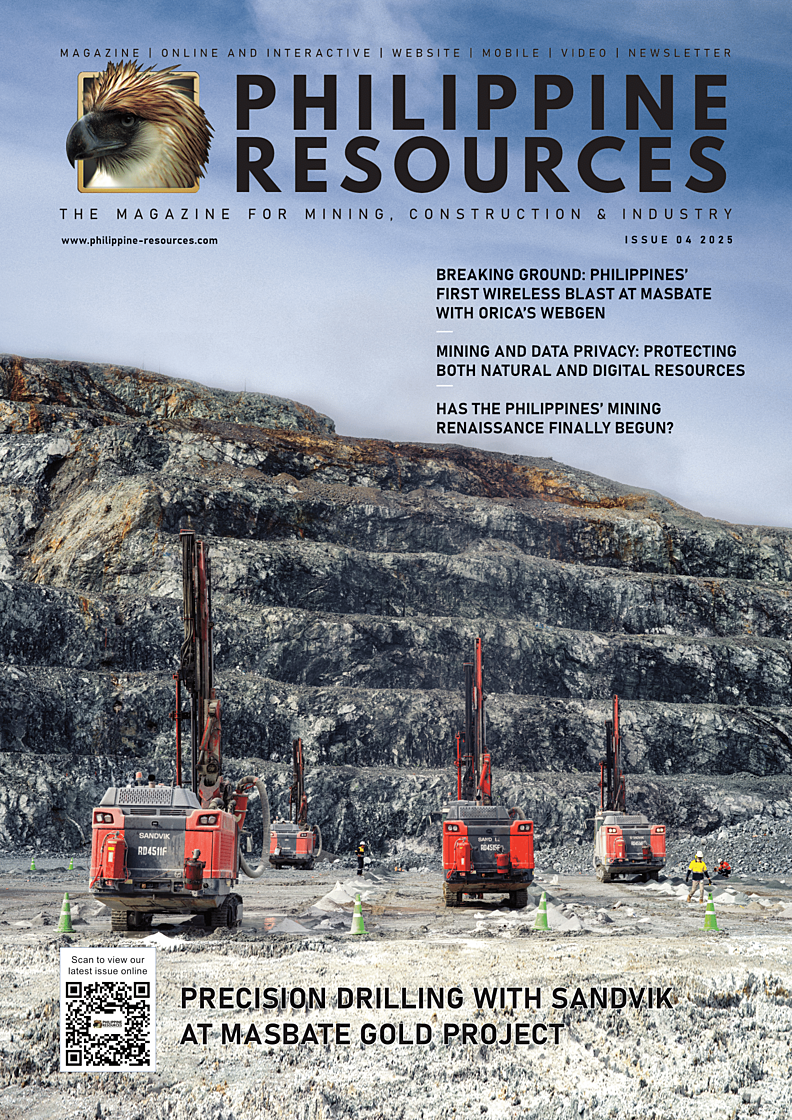In support of President Ferdinand R. Marcos Jr.’s “Bagong Pilipinas” vision for a well-connected, resilient, and inclusive Philippines, the Department of Public Works and Highways (DPWH) continues to fast-track the implementation of the Davao City Bypass Construction Project (DCBCP)—a flagship infrastructure initiative that aims to improve connectivity across key areas of the Davao Region in Mindanao.
On June 27, 2025, DPWH Senior Undersecretary Emil K. Sadain led an extensive inspection of the 45.5-kilometer Davao City Bypass to assess progress and sustain momentum across its five ongoing contract packages.
Joining the inspection were Project Director Benjamin A. Bautista of the Unified Project Management Office–Roads Management Cluster I (Bilateral), which is implementing the DCBCP, together with his assigned project managers and engineers; and Project Director Rodrigo I. Delos Reyes of the UPMO Bridges Management Cluster, which is also undertaking two other major bridge projects in the Davao Region.
The inspection was in response to the directive of DPWH Secretary Manuel M. Bonoan to intensify efforts under the Build Better More program, recognizing the project's transformative impact on regional mobility and national development.
The DCBCP seeks to decongest Davao City’s urban roads and provide a faster alternate route connecting the Davao–Digos section of the Maharlika Highway to the Davao–Agusan National Highway in Panabo City. The bypass is expected to enhance economic activity, promote regional balance, and cut travel time by more than half upon full completion.
“The Davao City Bypass Construction Project is more than just a traffic solution—it is a catalyst for regional development. By easing congestion and significantly cutting travel time, we are not only improving mobility but also laying down vital infrastructure that supports the socio-economic growth of Mindanao,” Sadain said.
The project is funded through a mix of Japanese official development assistance under Japan International Cooperation Agency (JICA) Loan Agreements PH-P261 and PH-P273, along with funding from the Philippine government.
Currently at 60.50 percent accomplishment, Contract Package I-1 (Sta. 12+800 to Sta. 23+500) is one of the most advanced segments. It involves the construction of a 7.9-kilometer four-lane road, including twin two-lane tunnels stretching 2.3 kilometers, three pairs of bridges, two underpasses, and two overpasses.
This segment is notable for its engineering complexity, particularly in tunneling, and has already surpassed the halfway mark in physical progress. Revised completion is targeted for Sept. 13, 2026, following adjustments to address on-ground challenges and technical refinements.
With 3.35 percent accomplishment since work began in December 2024, Contract Package I-2 (Sta. 0+000 to Sta. 12+800) covers 11.9 kilometers of four-lane roadway, seven bridges, and one underpass. Early-stage works, including site clearing, mobilization, and preliminary earthworks, are ongoing. Completion is scheduled for Nov. 24, 2027.
Showing overall progress of 2.8 percent, Contract Package I-3 (Sta. 23+500 to Sta. 29+700), which began in December 2023, features a 5.5-kilometer stretch of four-lane road, one bridge, and two cut-and-cover tunnels. Works are currently focused on access development and excavation.
Despite being in early phases, this package is crucial as it connects directly to the tunnel section of Package I-1, ensuring seamless passage through the mountainous sections of the alignment. Target completion is Dec. 1, 2026.
With a notable 79.70 percent accomplishment, Contract Package II-1 (Sta. 29+600 to Sta. 32+300) leads all segments in physical progress. It includes 1.4 kilometers of four-lane road and seven bridges totaling 1.3 kilometers—one of the highest bridge-to-road ratios in the project. Major civil works are nearing completion, with delivery expected by Jan. 7, 2026.
Posting a 71.92 percent accomplishment, Contract Package II-2 (Sta. 32+300 to Sta. 35+800) continues to make solid progress. This section covers 2.5 kilometers of roadway, seven bridges, three overpasses, and a box culvert. Bridge superstructure works are particularly active. Target completion is set for July 24, 2026. Strategically located between Packages II-1 and II-3, it forms a vital link in the northern end of the bypass.
Currently in the procurement stage, Contract Package II-3 (Sta. 35+800 to Sta. 45+457.91) covers the final 9.3 kilometers of the four-lane alignment, along with six bridges, seven box culverts, and one overpass. Construction is expected to commence soon after awarding, in line with the overall project timeline. This final segment completes the bypass, linking the route to Barangay J.P. Laurel in Panabo City.
DPWH remains committed to accelerating construction across all fronts, ensuring quality standards are upheld while meeting the revised timelines for full project completion.
